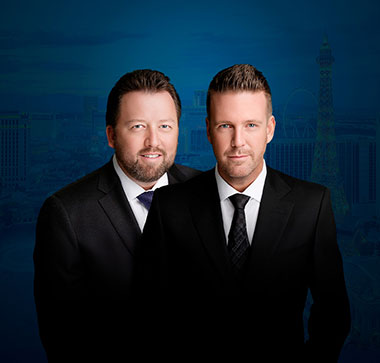April is here! With a new month comes the beginning of spring and the return of afternoon sunshine. Christians celebrate the Easter holiday, while Nevadans of Jewish descent sit down with family for the more somber meal of Passover. With the amount of precipitation Nevada has received over the last several months, we can hope to see more April flowers than showers in the next several weeks. However, the beginning of April means more than just holidays and flora. For many, April 1 marks a time-honored tradition involving good-natured pranking.
The unofficial holiday of April Fools’ Day is sometimes referred to as All Fools’ Day. Its celebration spans several centuries and multiple cultures, but its origins are unknown. There is some speculation that the celebration of April Fools’ Day began in 1582 when France switched calendars, from the Julian Calendar to the Gregorian Calendar. There was no Twitter at the time, and some people were slow to hear about this major change in time-keeping. Those who were still operating under the Julian system didn’t realize that the new year had moved to January 1, and they continued to celebrate the new year sometime around the first of April. These people became the target of jokes and hoaxes. A popular prank included placing a paper fish on the back of one of the uninformed and referring to the person as a “poisson d’avril,” or an “April fish.” This was meant to symbolize an easily caught fish, or a gullible person. Other possible origins of the holiday include the festival of Hilaria, celebrated in ancient Rome, which involved people dressing up in costumes, and the vernal equinox, when Mother Nature played pranks on people with unpredictable weather. [1]
Today, many people use April Fools’ Day as an excuse to play some good, old-fashioned pranks on friends and family. Sugar pots are replaced with salt and vice versa. Vaseline is smeared on toilet seats. Oreo cream is removed in favor of minty toothpaste and the cookies are carefully returned to the package. Some April Fools’ jokes have successfully targeted large numbers of Americans. In 1996, the National Public Radio program Talk of the Nation announced that Richard Nixon was running for president again with the slogan “I didn’t do anything wrong, and I won’t do it again.” In 1974 an Alaskan man staged a prank where he created smoke at the top of Mount Edgecumbe in Sitka, making locals think they were witnessing the beginnings of an eruption. In 1996, the Taco Bell Corporation claimed to have purchased the Liberty Bell in order to rename it the Taco Liberty Bell. All of these events turned out to be pranks, but they reached a large number of Americans before being revealed as such. [2]
However, April Fools’ pranks are not all fun and games. When pranks such as these are taken to extremes, or when they are believed too fully, injuries can occur either for the pranksters or their victims. In one example at Grand Valley State University in Allendale, Michigan, some pranksters were nearly injured when they tossed a lit firecracker into a clothes hamper, starting a small fire. [3] In 2000, another prank involving explosives resulted in several minor injuries when a “bear banger” (an explosive meant to scare off bears) was placed in an officers’ dining area and hurt several people present. [4]
In extreme circumstances, pranks such as these have even resulted in death. In one instance in 2012, a 44-year-old man named Randy Lee Tenley dressed up as a Sasquatch by wearing a military-style ghillie suit. He then stood on the side of the road on Highway 93 in Montana with the intention of spooking passing motorists. This prank backfired when some teens were so startled that they hit Tenley with their vehicle. Tenley died as a result of his injuries, and his tragic death serves as a cautionary tale for future pranksters. [5]
When you are planning an April Fools’ prank this year, make sure you are taking safety into consideration. Injuries are no laughing matter and shouldn’t play a part in this festive and silly day. Think about how your prank could affect those you are targeting. Tricking your partner by switching the salt and sugar is relatively harmless. The worst that could happen is a salty cup of coffee and the need to brew a second pot (however, get ready to have a grumpy person in your kitchen until the fresh pot of coffee is ready). Spreading Vaseline on the toilet seat may seem funny, but it is potentially dangerous. Slipping off the commode onto the hard tile floor is jarring to say the least, and could result in bruising, sprained ankles, or a concussion.
If you find yourself injured as the result of an April Fools’ prank, be sure to assess your injuries and seek appropriate medical attention. Document your injuries to the best of your abilities by taking photographs and asking for a copy of your medical records. If you are seriously injured, you may consider talking to a personal injury attorney to make sure you understand your rights as an injured party.
[1] https://www.history.com/topics/holidays/april-fools-day
[2] http://hoaxes.org/aprilfool
[3] https://www.insideedition.com/headlines/15611-when-april-fools-day-pranks-go-horribly-wrong
[4] https://www.grunge.com/50255/april-fools-jokes-gone-wrong-throughout-history
[5] https://www.grunge.com/50255/april-fools-jokes-gone-wrong-throughout-history

